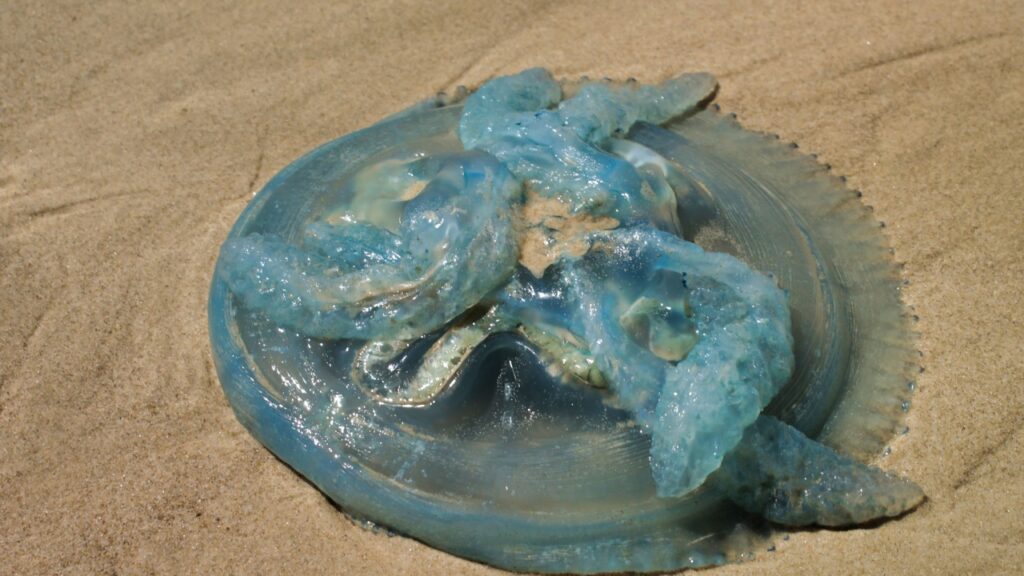The ocean is full of wonders, but it’s also home to some incredibly dangerous animals. While sharks often get all the attention, there are many other creatures lurking beneath the waves that pose a serious threat to humans. Let’s dive into the world of these lesser-known but equally deadly ocean dwellers.
Box Jellyfish
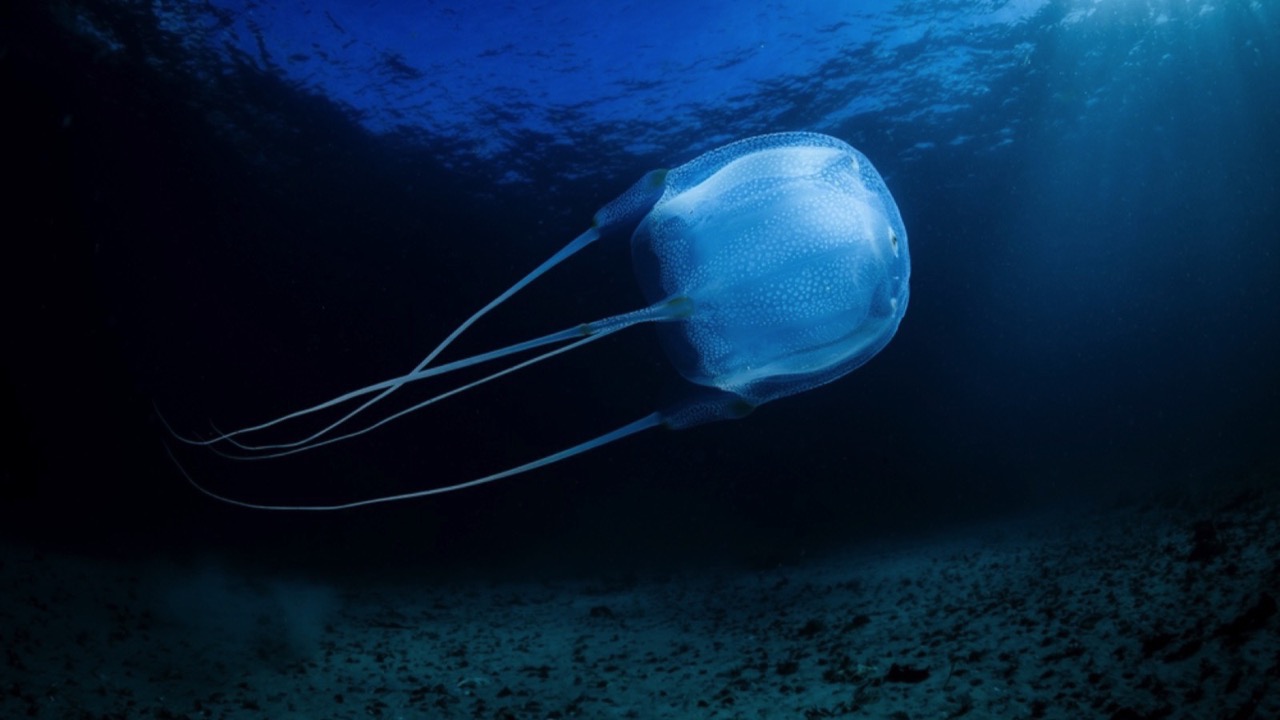
Box jellyfish are among the most venomous creatures on Earth. These translucent, cube-shaped jellies have tentacles that can grow up to 10 feet long. Their sting is incredibly painful and can cause heart failure within minutes. Found in the coastal waters of northern Australia and throughout the Indo-Pacific, box jellyfish are responsible for more human deaths in Australia than snakes, sharks, and saltwater crocodiles combined.
Blue-Ringed Octopus
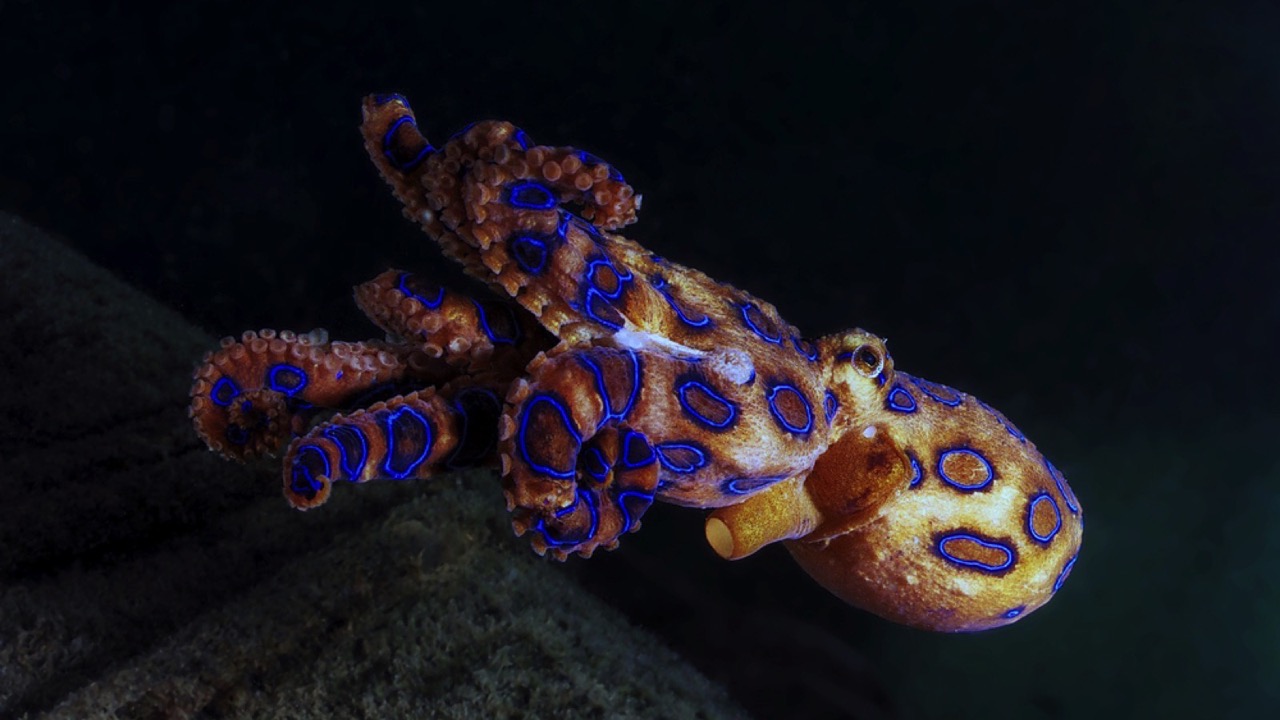
Don’t let its small size fool you – the blue-ringed octopus packs a powerful punch. This tiny cephalopod, no bigger than a golf ball, carries enough venom to kill 26 adult humans within minutes. When threatened, it flashes brilliant blue rings across its body as a warning. Found in tide pools and coral reefs in the Pacific and Indian Oceans, its bite is often painless, making it even more dangerous.
Stonefish
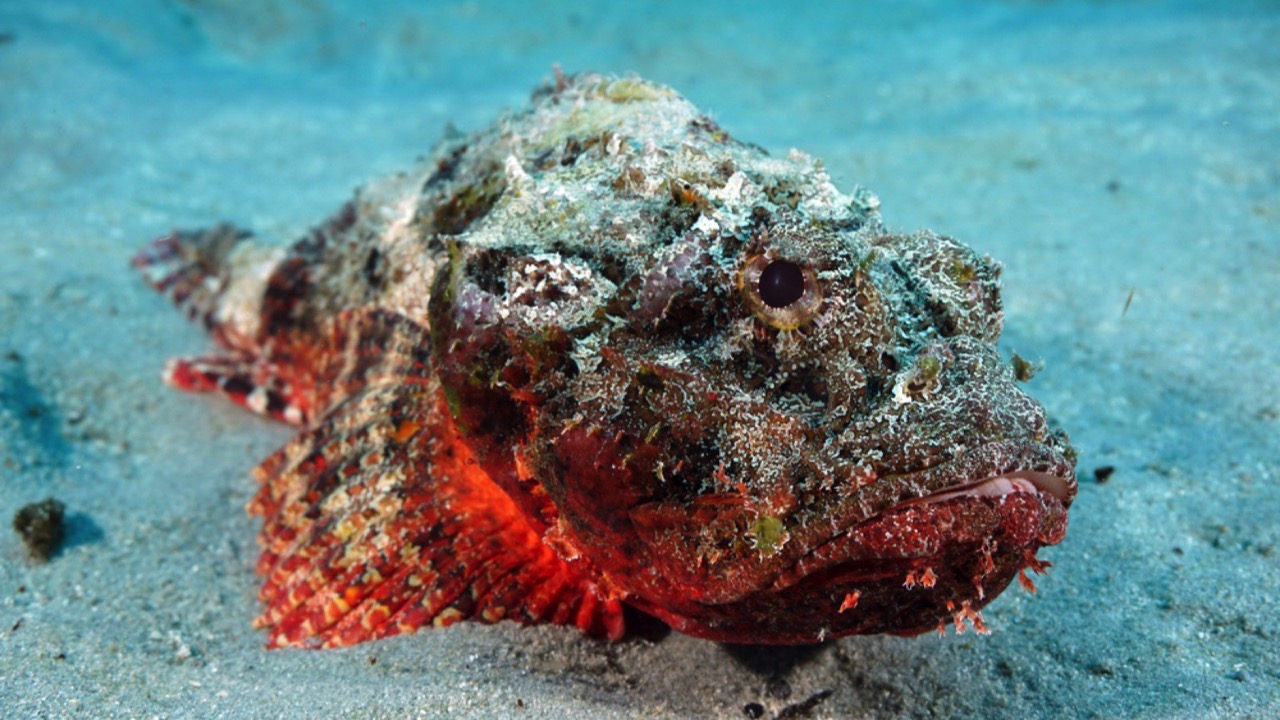
The stonefish is a master of disguise and one of the most venomous fish in the world. It blends perfectly with its surroundings on the ocean floor, making it easy for unsuspecting swimmers to step on. Its dorsal fin spines inject a potent venom that causes extreme pain, swelling, and potentially death if left untreated. Stonefish are found in the coastal regions of the Indo-Pacific, including the Great Barrier Reef.
Lionfish
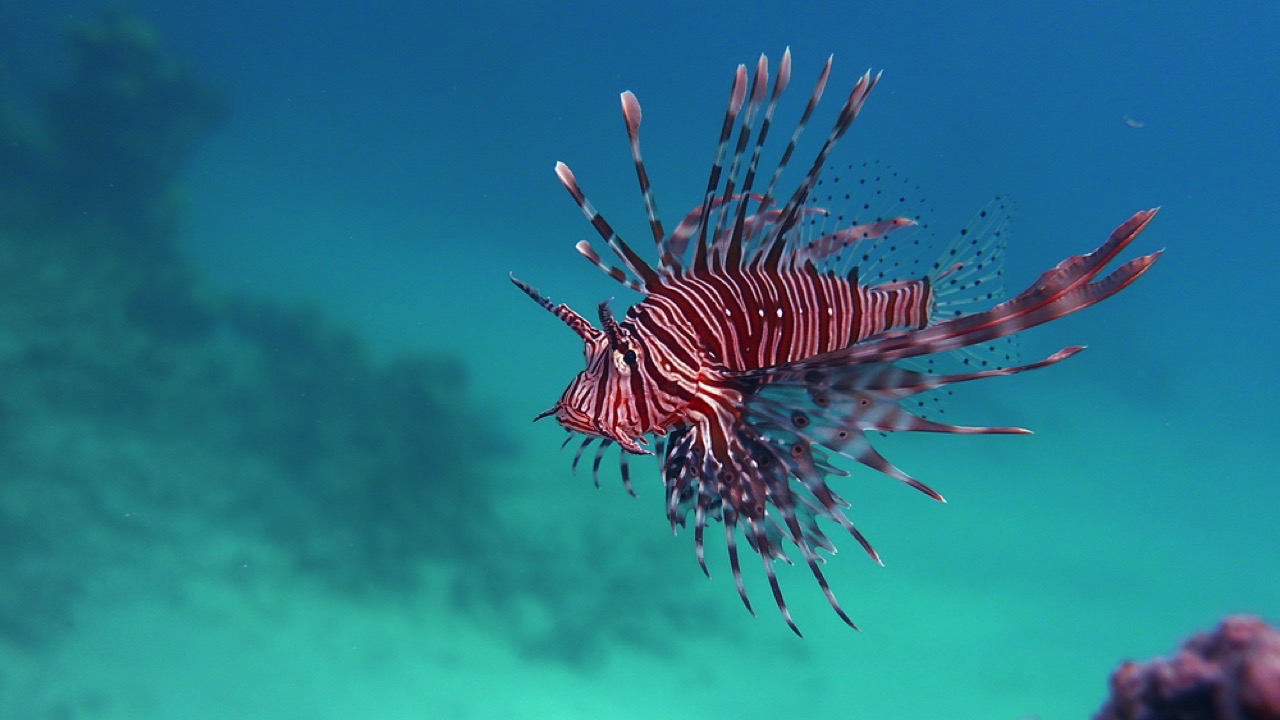
With its striking red and white stripes and fan-like fins, the lionfish is a beautiful but deadly predator. Its venomous spines can cause extreme pain, breathing difficulties, and in rare cases, paralysis or death. Native to the Indo-Pacific, lionfish have become an invasive species in the Atlantic Ocean and Caribbean Sea. Their voracious appetite and lack of natural predators in these new habitats make them a significant threat to local marine ecosystems.
Irukandji Jellyfish
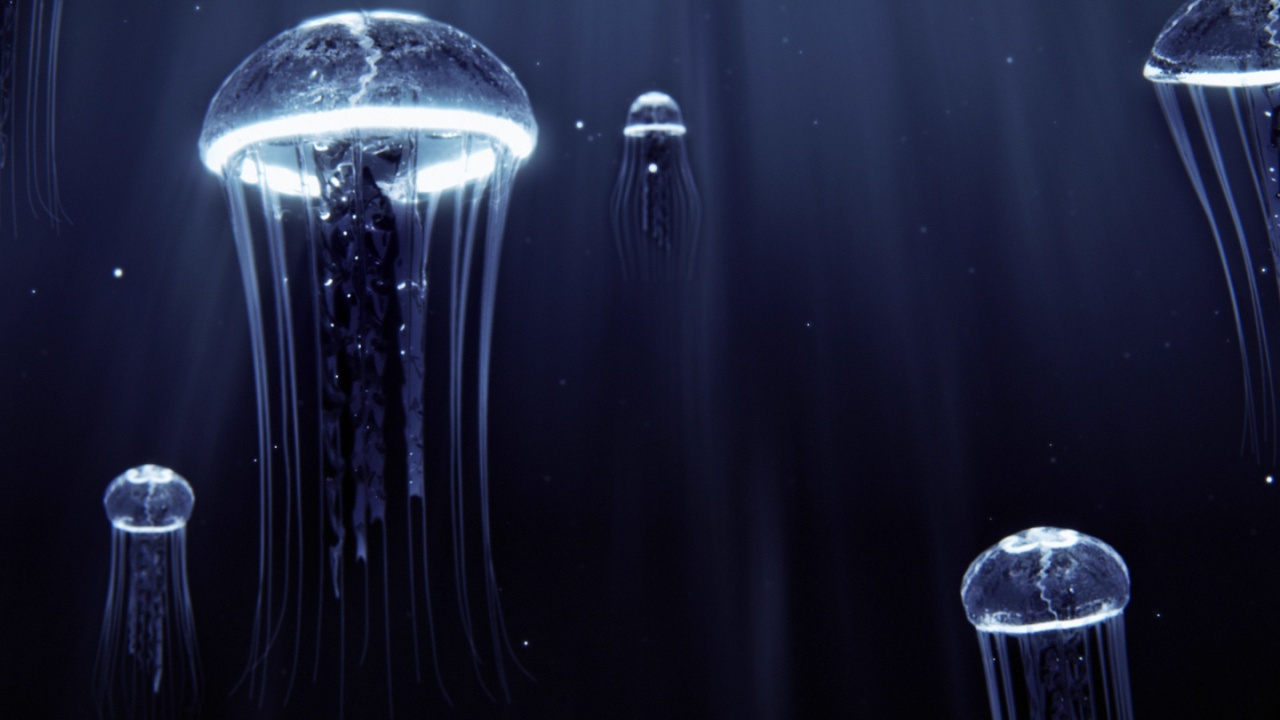
The Irukandji jellyfish might be tiny, but it’s one of the most venomous creatures in the world. No bigger than a cubic centimeter, this jellyfish’s sting can cause Irukandji syndrome, a condition that can lead to severe pain, vomiting, and potentially fatal brain hemorrhages. Found primarily in northern Australian waters, these nearly invisible jellies are a significant danger to swimmers and divers.
Cone Snail
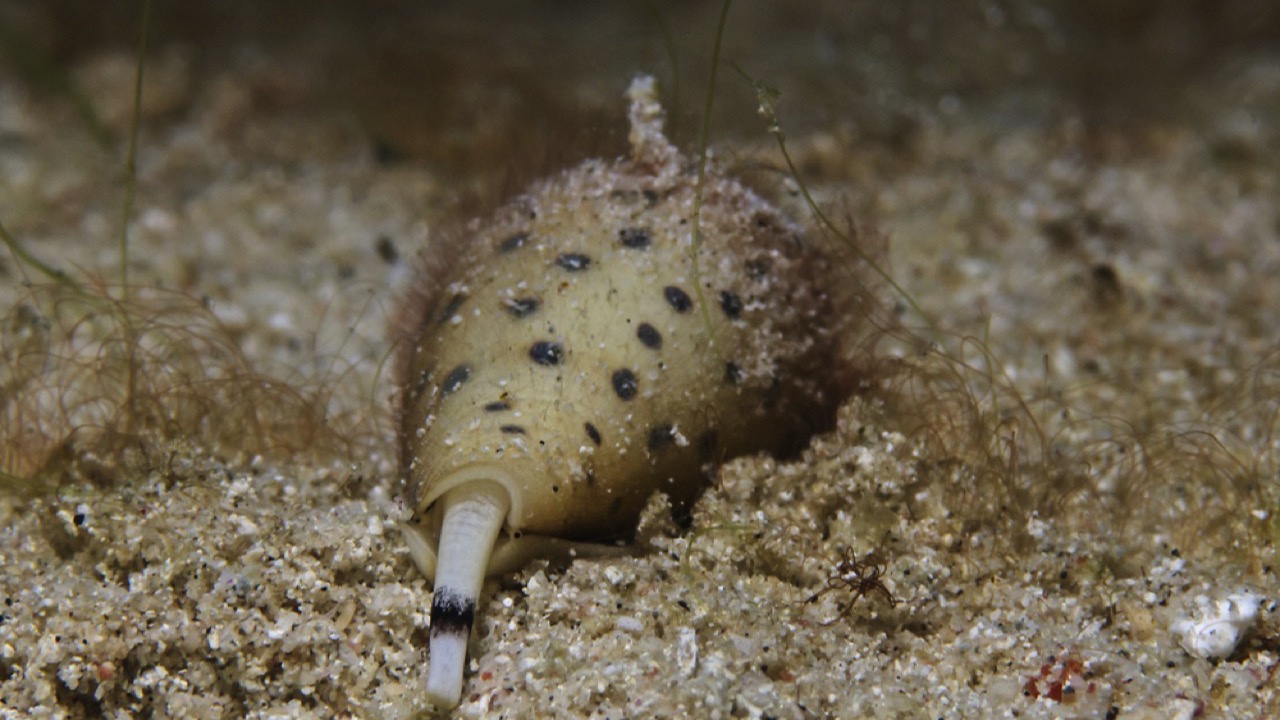
Don’t be fooled by its beautiful shell – the cone snail is a silent killer. These mollusks use a harpoon-like tooth to inject a powerful neurotoxin into their prey. A single sting can cause pain, swelling, numbness, and in severe cases, paralysis and death. Found in tropical and subtropical waters worldwide, cone snails are particularly common in the Indo-Pacific region.
Saltwater Crocodile

The saltwater crocodile is the largest living reptile and one of the most feared predators in coastal waters. These massive creatures can grow up to 23 feet long and weigh over 2,000 pounds. They’re known for their powerful jaws, aggressive behavior, and ability to take down large prey, including humans. Saltwater crocodiles are found in the coastal areas of Southeast Asia, Northern Australia, and the surrounding islands.
Portuguese Man-of-War
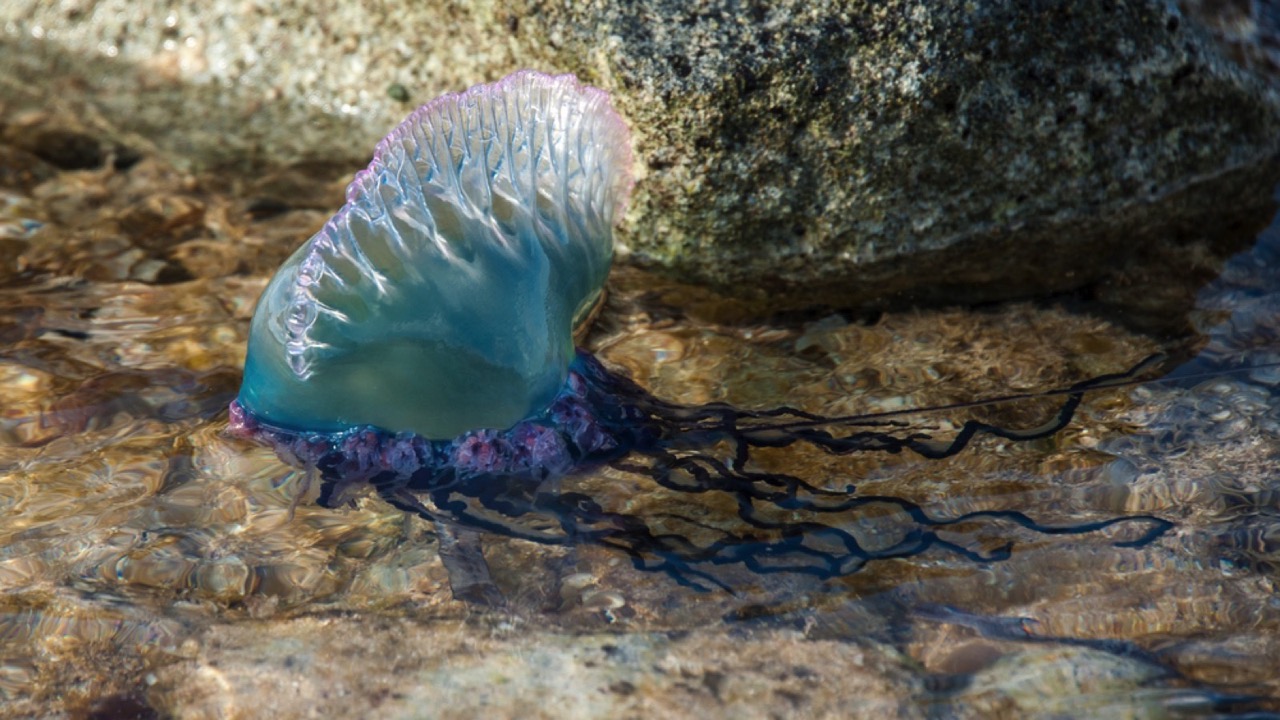
Often mistaken for a jellyfish, the Portuguese man-of-war is actually a colony of organisms working together. Its long, venomous tentacles can extend up to 165 feet, delivering a painful sting that can cause welts, severe pain, and in rare cases, death. Found floating in warm ocean waters worldwide, these creatures are at the mercy of winds and currents, often washing up on beaches and posing a danger to beachgoers.
Sea Snake
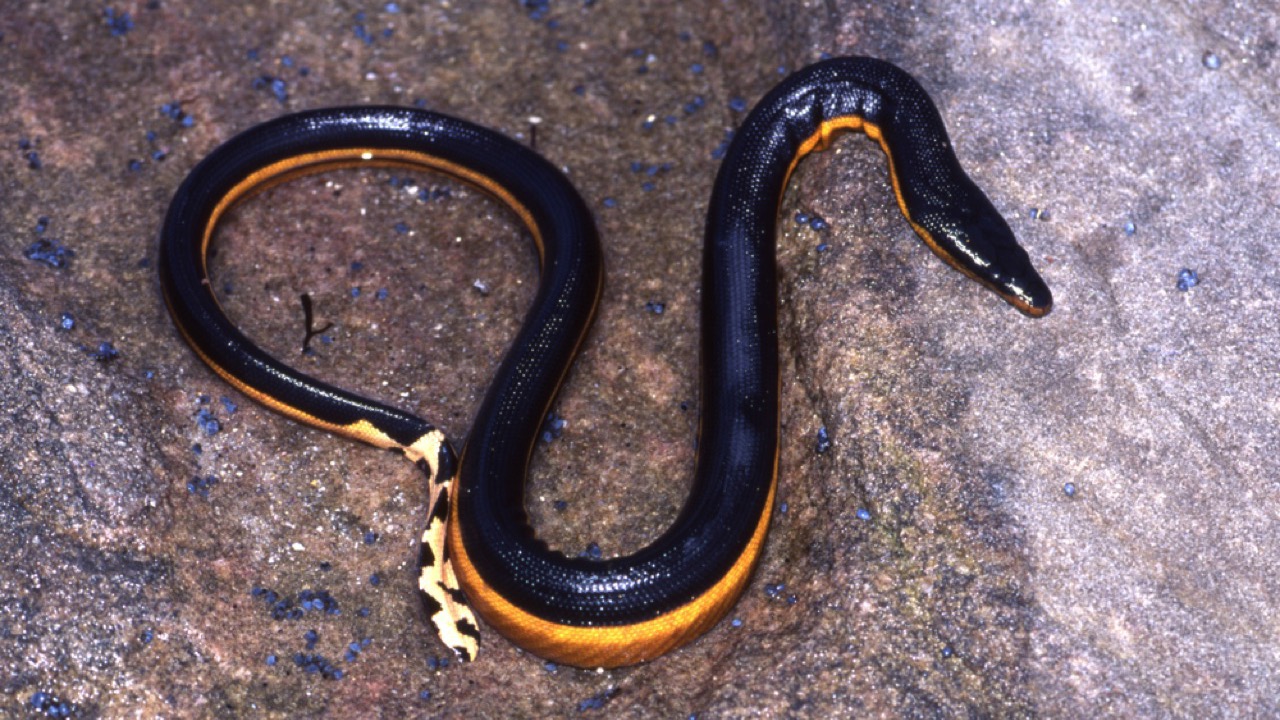
Sea snakes are some of the most venomous snakes in the world, with some species having venom up to 10 times more potent than a cobra’s. These marine reptiles are found in the warm coastal waters of the Indian and Pacific Oceans. While generally docile, their bites can cause paralysis, muscle damage, and potentially death if left untreated.
Giant Pacific Octopus
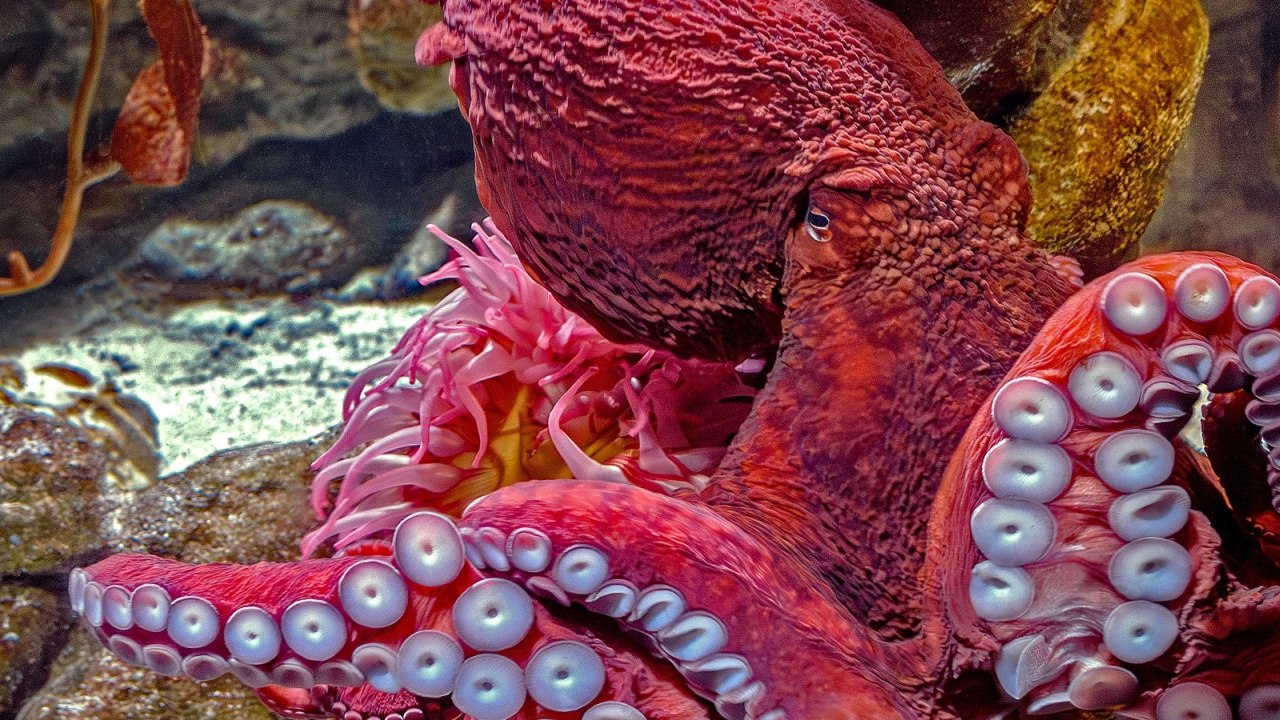
The giant Pacific octopus is the largest octopus species, with an arm span that can reach up to 14 feet. While not typically aggressive towards humans, these intelligent cephalopods can be dangerous if provoked. Their powerful beak can deliver a nasty bite, and their strength is enough to overpower a human in the water. Found in the coastal North Pacific, from California to Alaska and across to Japan.
Great Barracuda
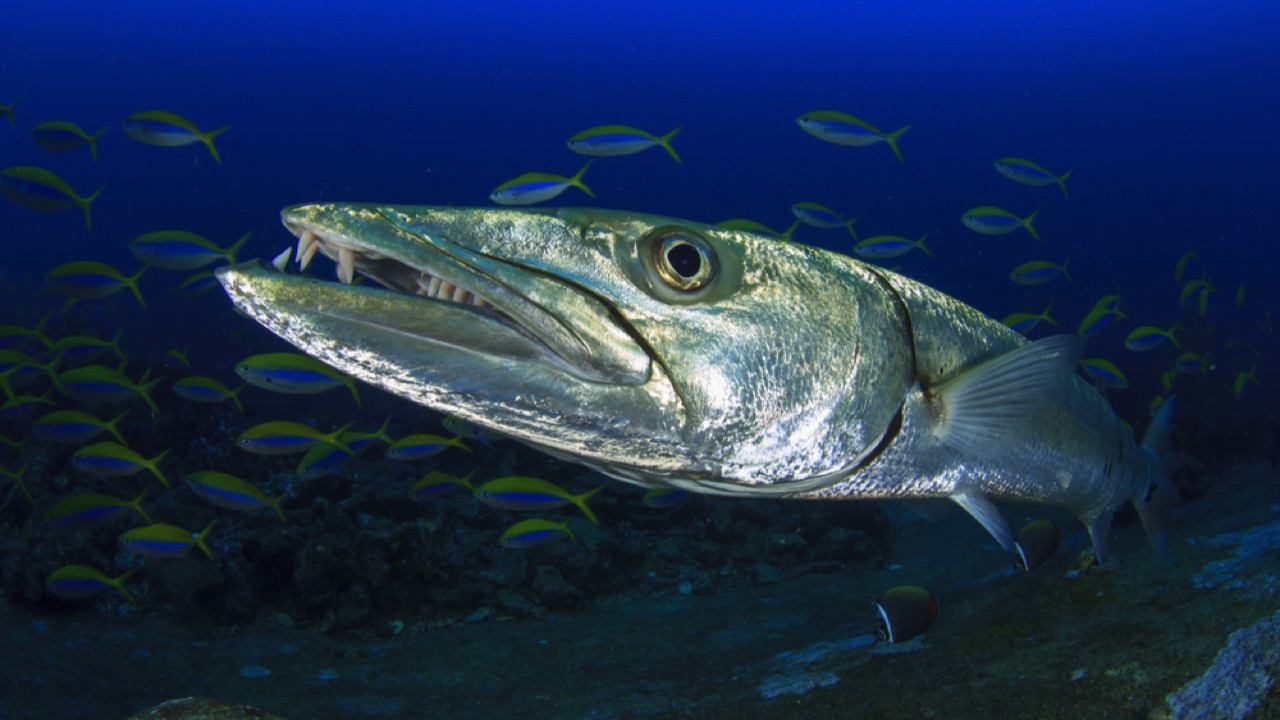
With its sleek body and razor-sharp teeth, the great barracuda is a formidable predator. While attacks on humans are rare, these fish can be aggressive, especially when attracted by shiny objects that resemble their prey. Their powerful bite can cause severe lacerations and significant blood loss. Great barracudas are found in tropical and subtropical waters worldwide, often near coral reefs and seagrasses.
Leopard Seal
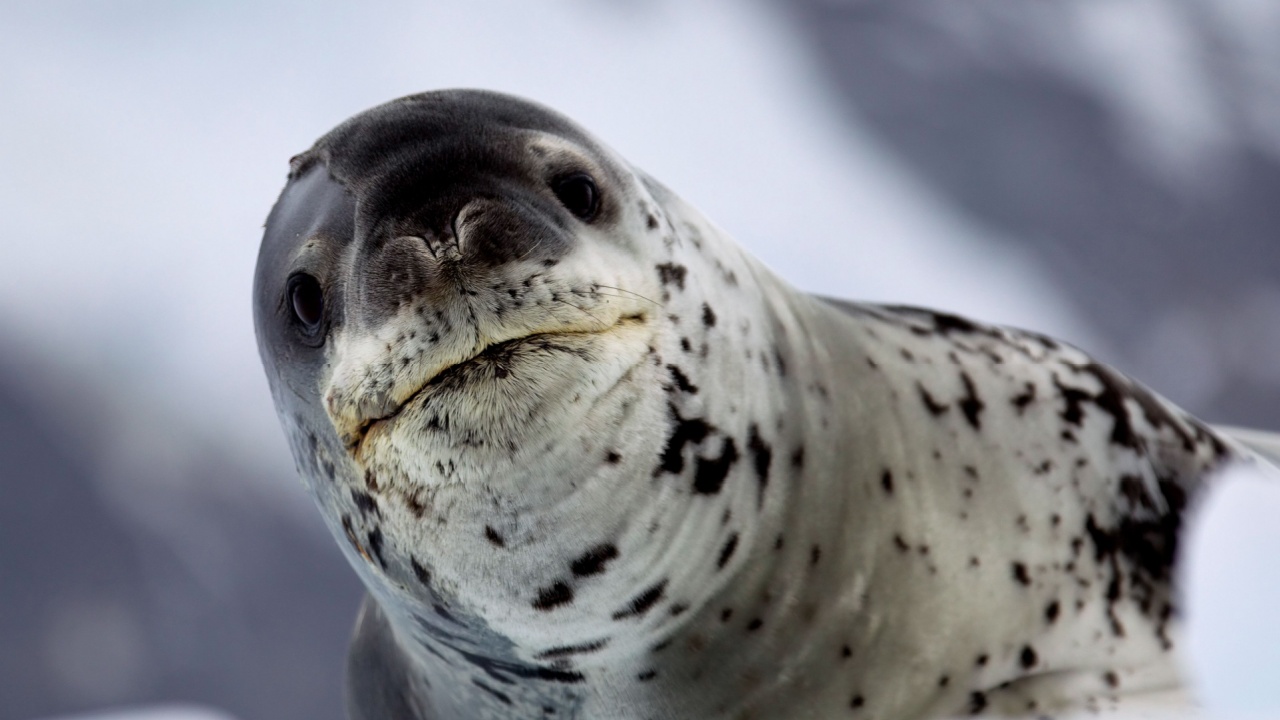
The leopard seal is one of Antarctica’s top predators, known for its powerful jaws and aggressive hunting behavior. These large seals can grow up to 11 feet long and weigh over 1,000 pounds. While they primarily feed on penguins and other seals, they have been known to attack humans, particularly divers and researchers working in their icy habitat.
Flower Urchin
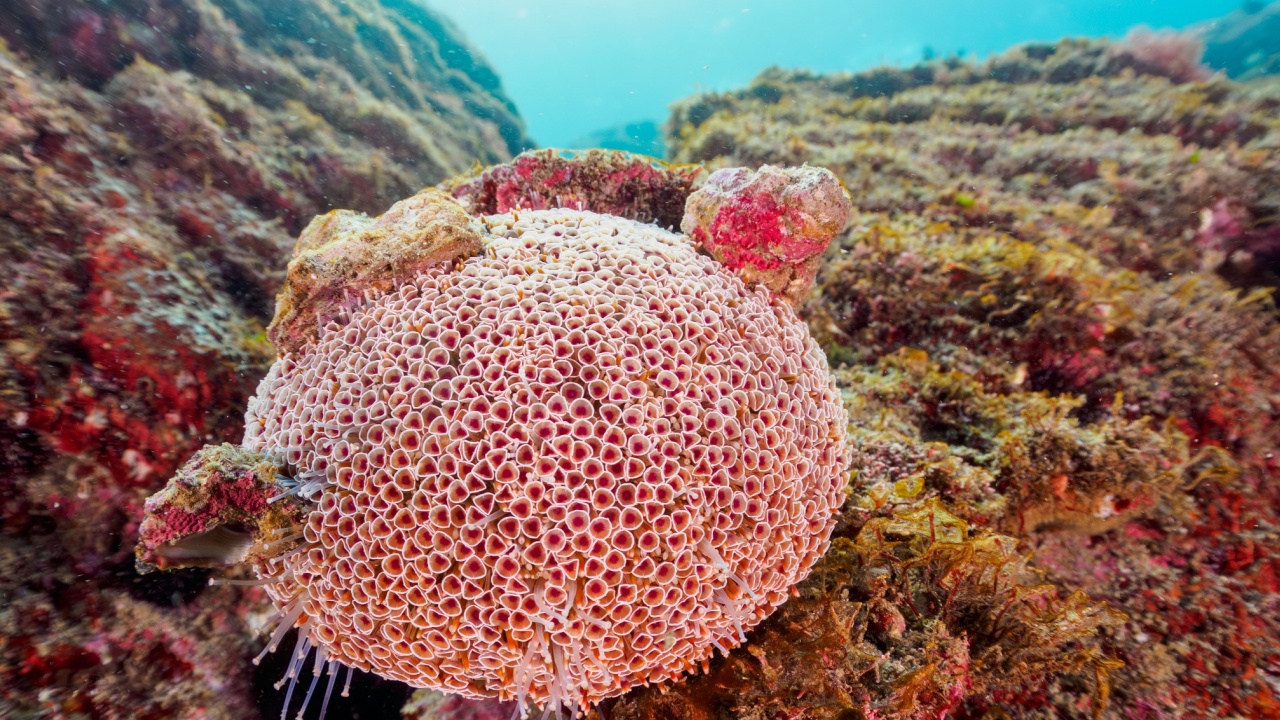
The flower urchin might look beautiful, but it’s considered the most venomous of all sea urchins. Its spines contain a powerful neurotoxin that can cause severe pain, paralysis, and in extreme cases, death. Found in the Indo-Pacific region, these urchins are a hidden danger on coral reefs and rocky sea floors.
Blue-Bottled Fly
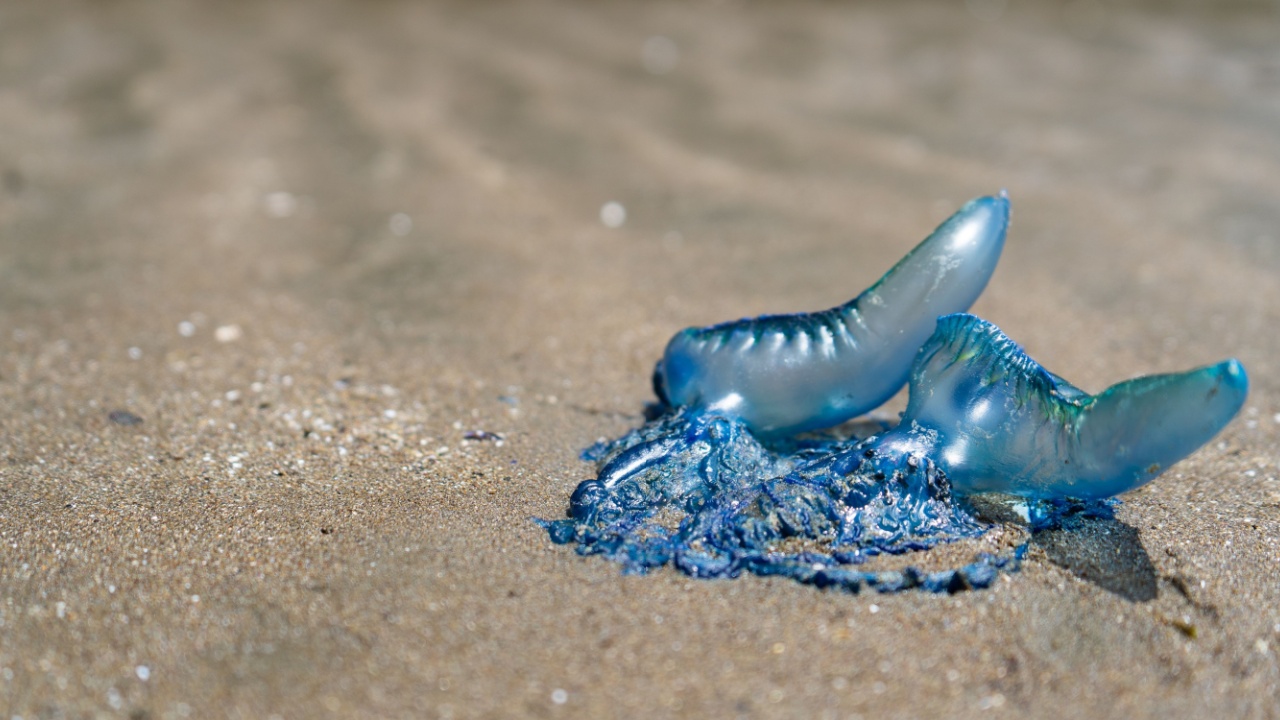
Also known as the Indo-Pacific man-of-war, the blue-bottled fly is a close relative of the Portuguese man-of-war. Its venomous tentacles can deliver an extremely painful sting, causing welts, blisters, and in severe cases, cardiovascular problems. Common in the coastal waters of Australia and the Indo-Pacific, these creatures often wash up on beaches, posing a danger to swimmers and beachgoers.
Stingray
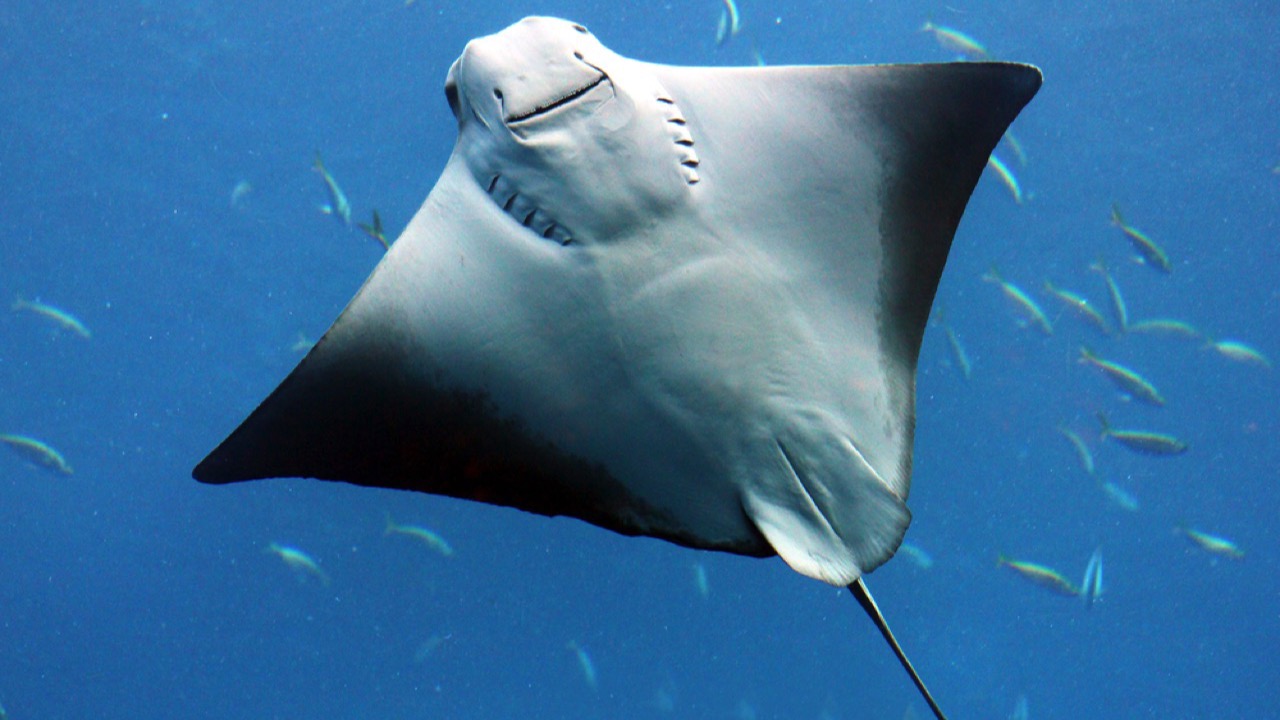
Stingrays are generally peaceful creatures, but their venomous barb can cause serious injury if stepped on or threatened. The barb can penetrate deep into flesh, causing intense pain, muscle cramps, and in rare cases, fatal wounds. The tragic death of Steve Irwin in 2006 brought attention to the potential danger of these otherwise docile animals. Stingrays are found in coastal tropical and subtropical waters worldwide.
Moray Eel
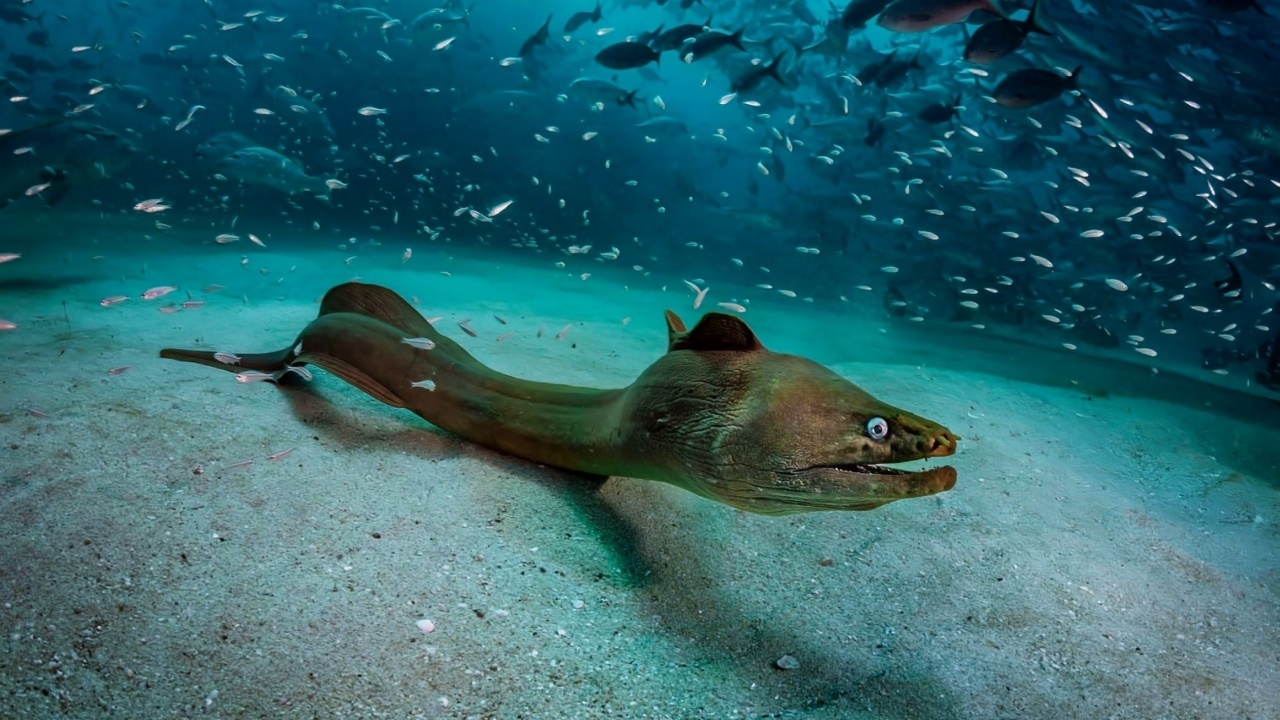
With their snake-like bodies and powerful jaws, moray eels can be intimidating creatures. While not typically aggressive towards humans, they can deliver a nasty bite if provoked or accidentally stepped on. Some species have toxic mucus coating their skin, which can cause painful wounds that are slow to heal. Moray eels are found in tropical and temperate waters around the world, often hiding in crevices in coral reefs.
Pufferfish
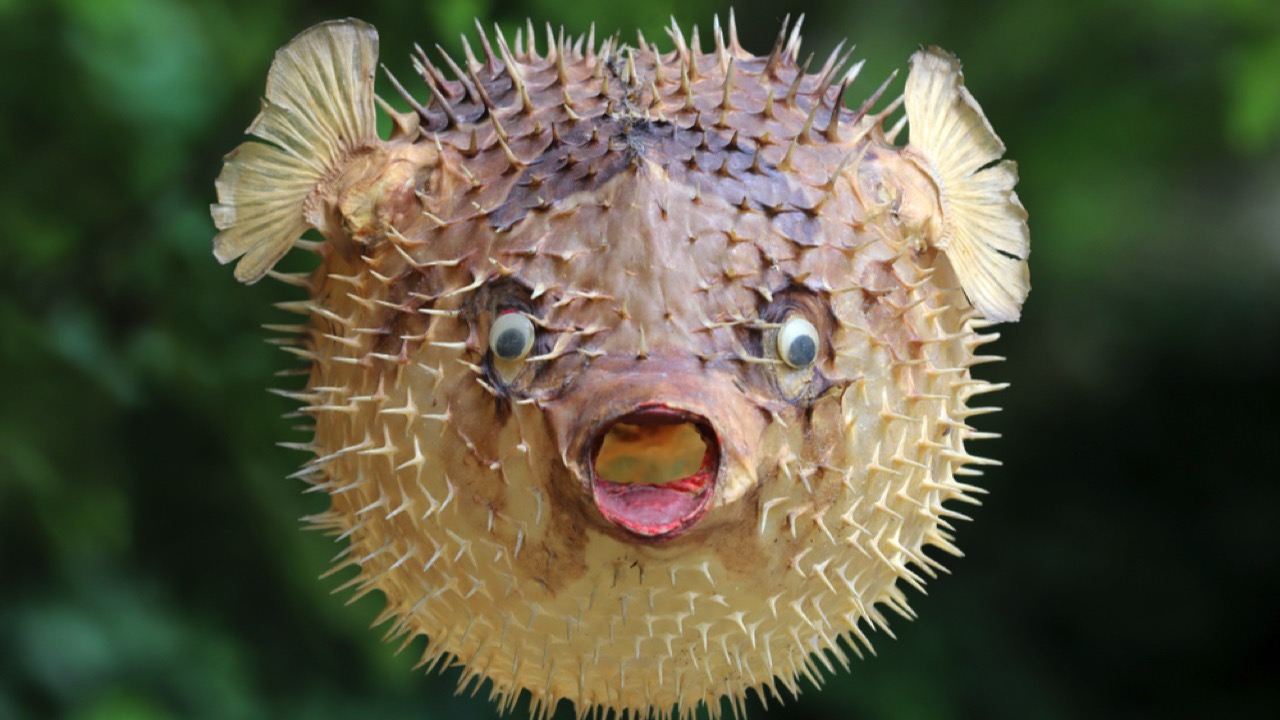
Pufferfish, also known as blowfish, are famous for their ability to inflate themselves when threatened. But their real danger lies in their potent neurotoxin, tetrodotoxin, which is found in their skin, muscles, and organs. This toxin is up to 1,200 times more poisonous than cyanide, with no known antidote. While pufferfish are considered a delicacy in some cultures, their preparation requires extreme care to avoid fatal poisoning.
Giant Squid
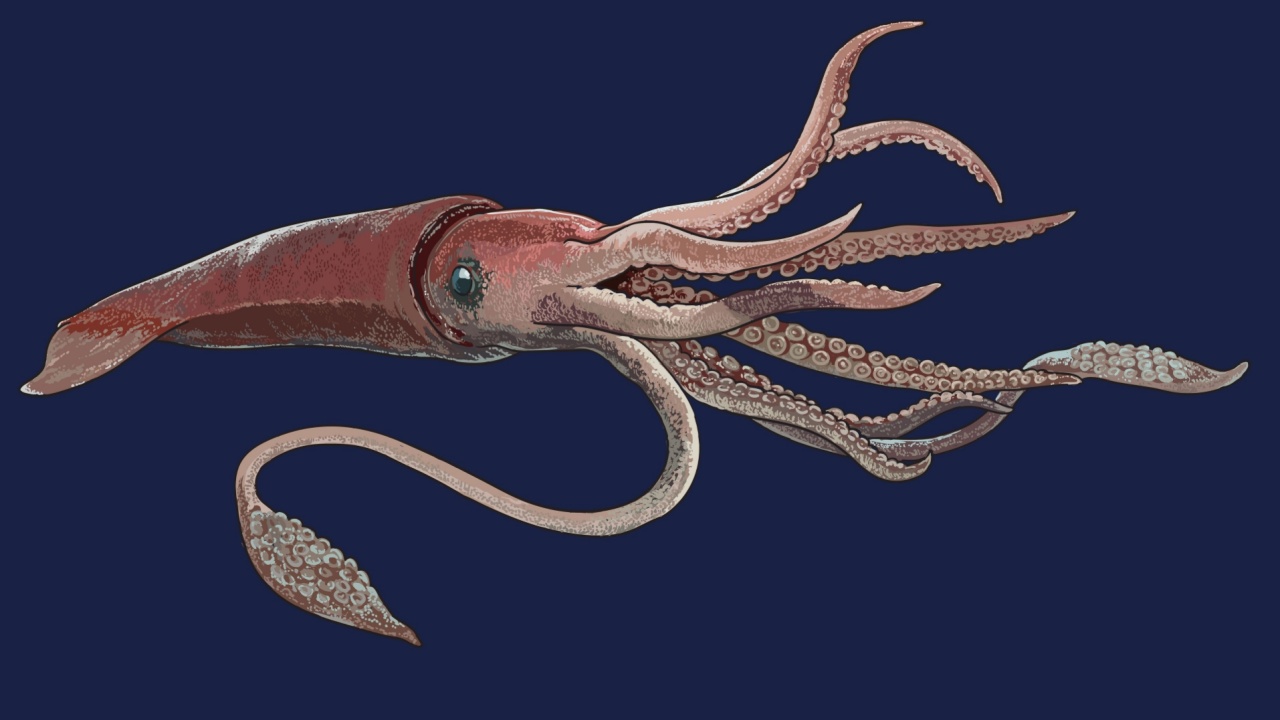
The elusive giant squid is more of a legendary creature than a common threat, but its potential danger is worth noting. These massive cephalopods can grow up to 43 feet long and possess powerful tentacles lined with sharp suckers. While attacks on humans are not documented, their size and strength could potentially pose a risk to small boats or divers in deep waters.

